Mamestra brassicae
(Linnaeus, 1758)
-
 Subfamily: Hadeninae, Hadenini
Subfamily: Hadeninae, Hadenini -
 Wingspan: 37-47 mm
Wingspan: 37-47 mm -
 Flight period: Apr - Sep
Flight period: Apr - Sep -
 Spread: Common
Spread: Common -
 Host plants: Polyphagous
Host plants: Polyphagous
Information
The Mamestra brassicae also called Cabbage moth is a moth of the Noctuidae family, Hadeninae subfamily,
with wingspan of 37-47 mm.
It is distributed in most of Europe, it is absent from Iceland.
Its range extends to the whole Palearctic ecozone up to Japan.
In Italy it is also present in the islands *
The wings of the Mamestra brassicae of marbled gray-brownish color, with black and white markings, a reniform stigma in the post-discal region
with the lower part shaded in white, a round, grayish orbicular is also visible,
with black border, and a broken subterminal line are white, The color of the hind wings is greyish darker towards the Termen.
Head and thorax are in the background color of the front wings while the abdomen covered by a thick hair resembles the hind wings except for a dark shaded band in the center.
The Mamestra brassicae flies in two generations from April to July and from August to September, the second generation being more relevant. ***
The adults, mainly nocturnal, appear in April-May and lay their eggs on the underside of the leaves, the ovaries generally contain
a few dozen eggs.
The larvae, which emerge from the month of June, immediately begin to feed, during the night; during the day they hide in the ground.
Reached maturity, they become crystallized in the ground, a few centimeters deep. It overwinters at the pupa stage.
The eggs are spherical, knurled, initially white in color, subsequently a central reddish spot and a line of the same color along the circumference are formed. **
The larva is greenish in color in the first stages to become greenish-gray when it matures, reaching the size of 40-45 mm; the livery is also completed
from longitudinal dark bands, the zone is yellowish ventral.
The chrysalis of glossy brown color. **
The larvae are polyphagous with a preference for the Brassicaceae.
* Lepidoptera mundi https://lepidoptera.eu/ - Fauna Europea https://fauna-eu.org/
** Bestimmungshilfe für die in Europa nachgewiesenen Schmetterlingsarten - http://lepiforum.de/
*** Roland Robineau, Guide de papillons nocturne de France, Delachaux et Niestlé, 2011 p.140
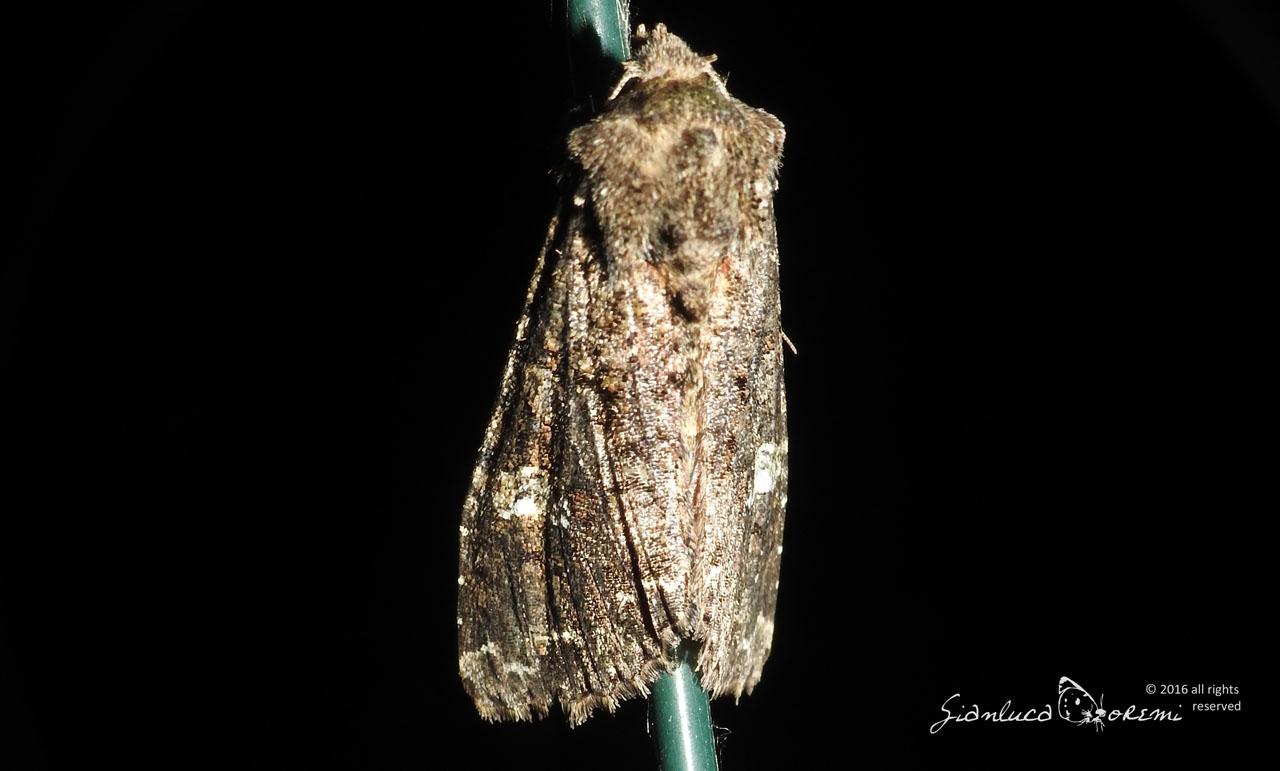
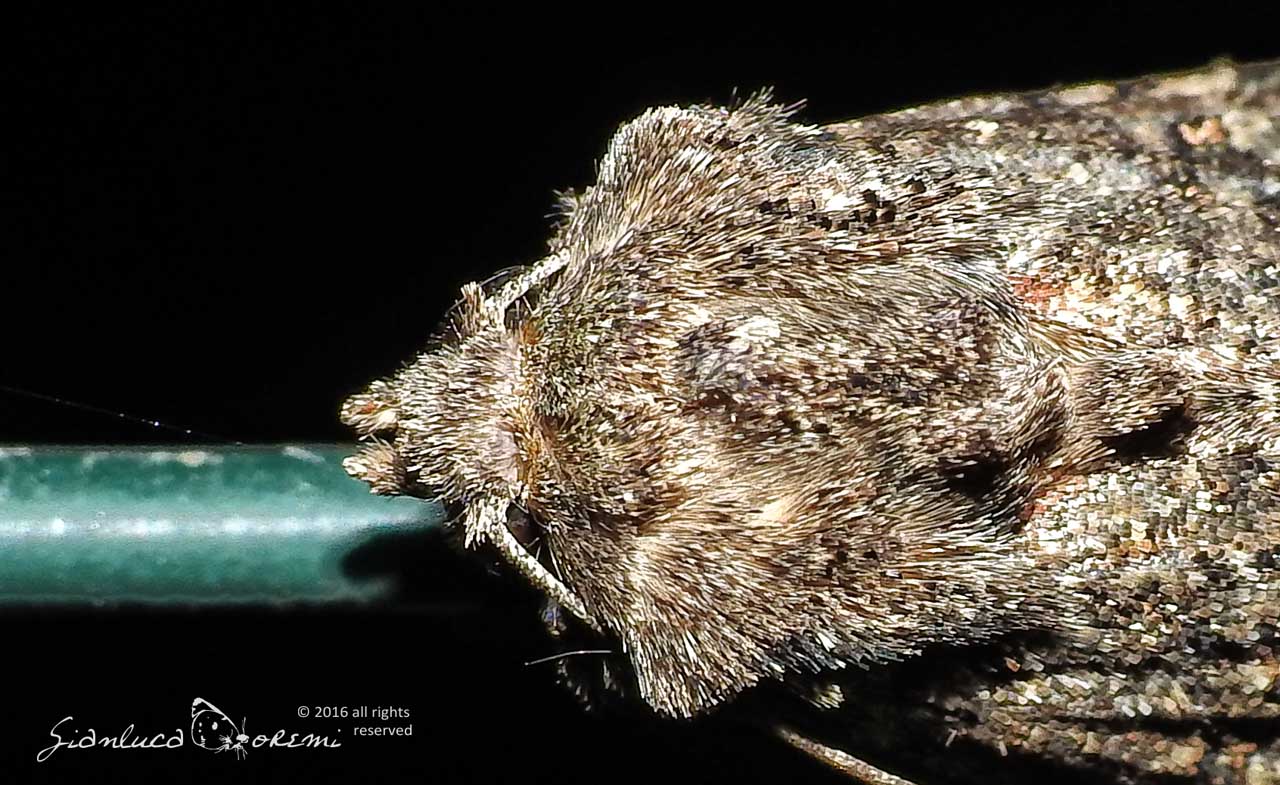
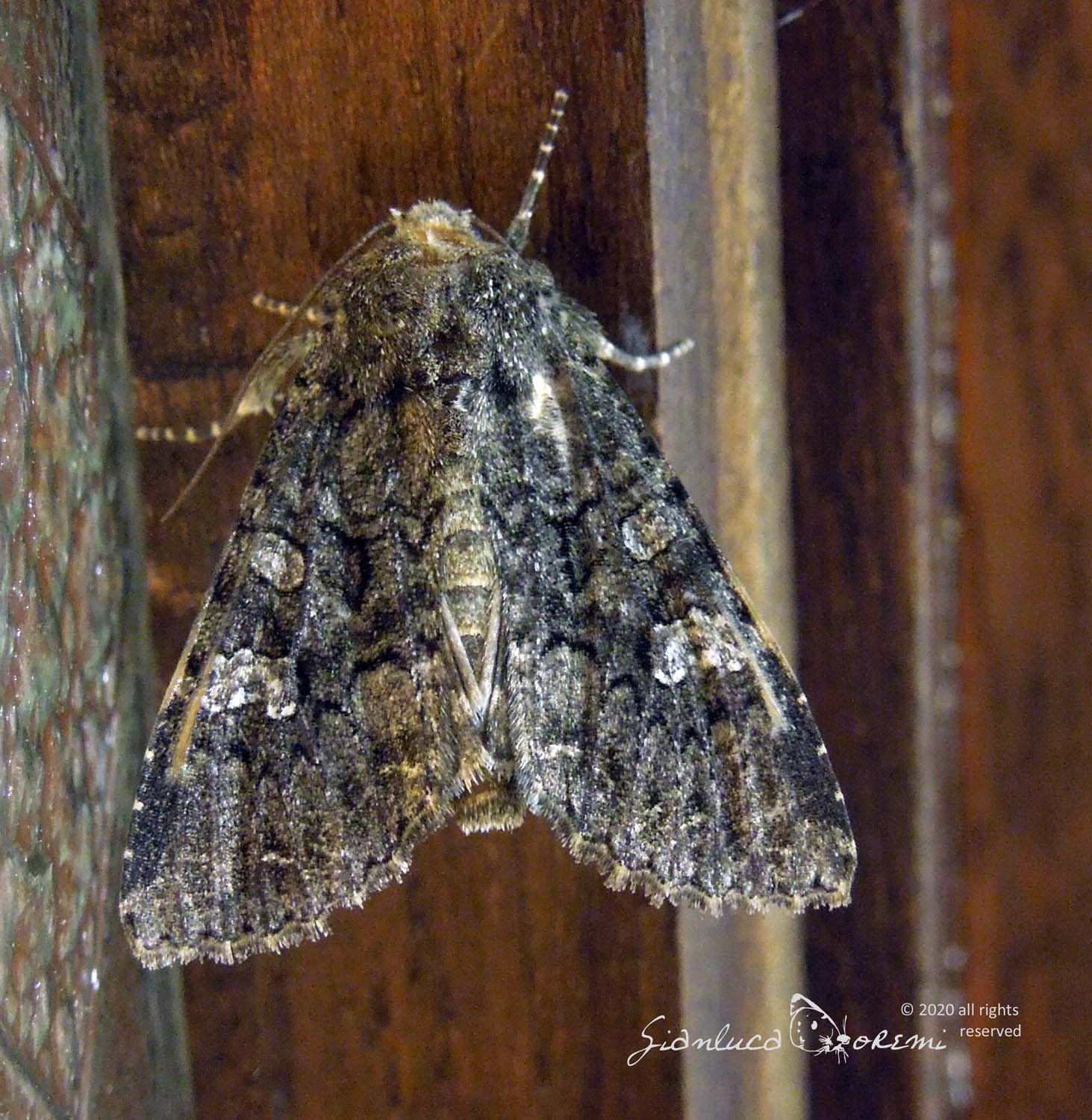
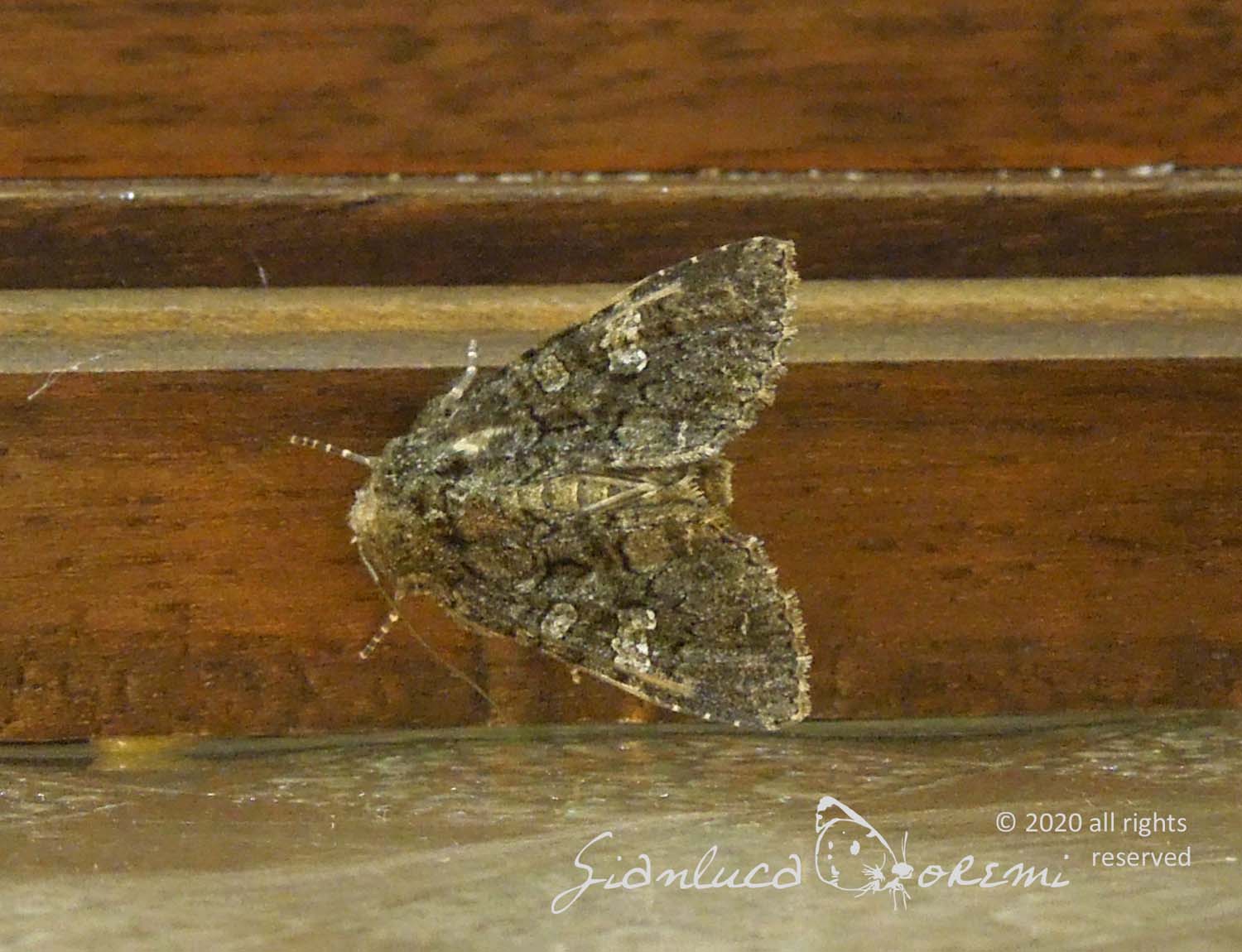
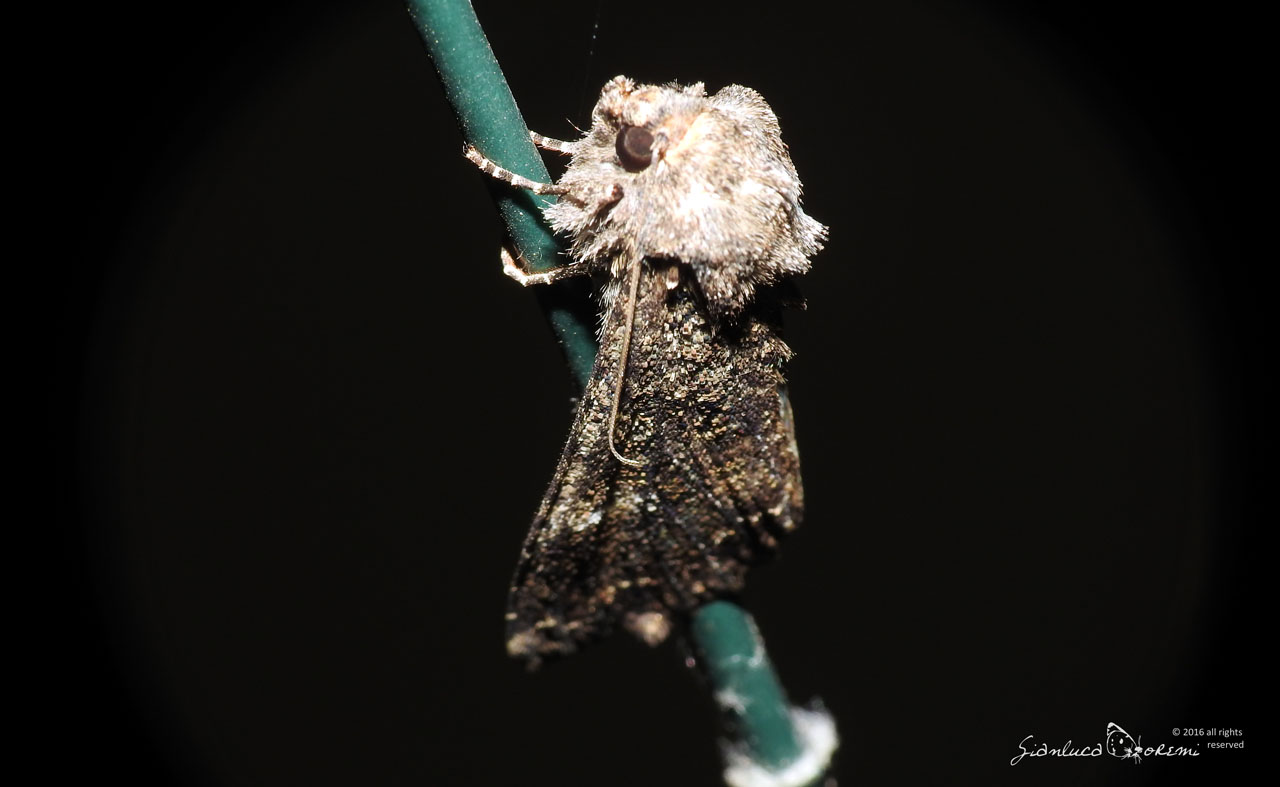

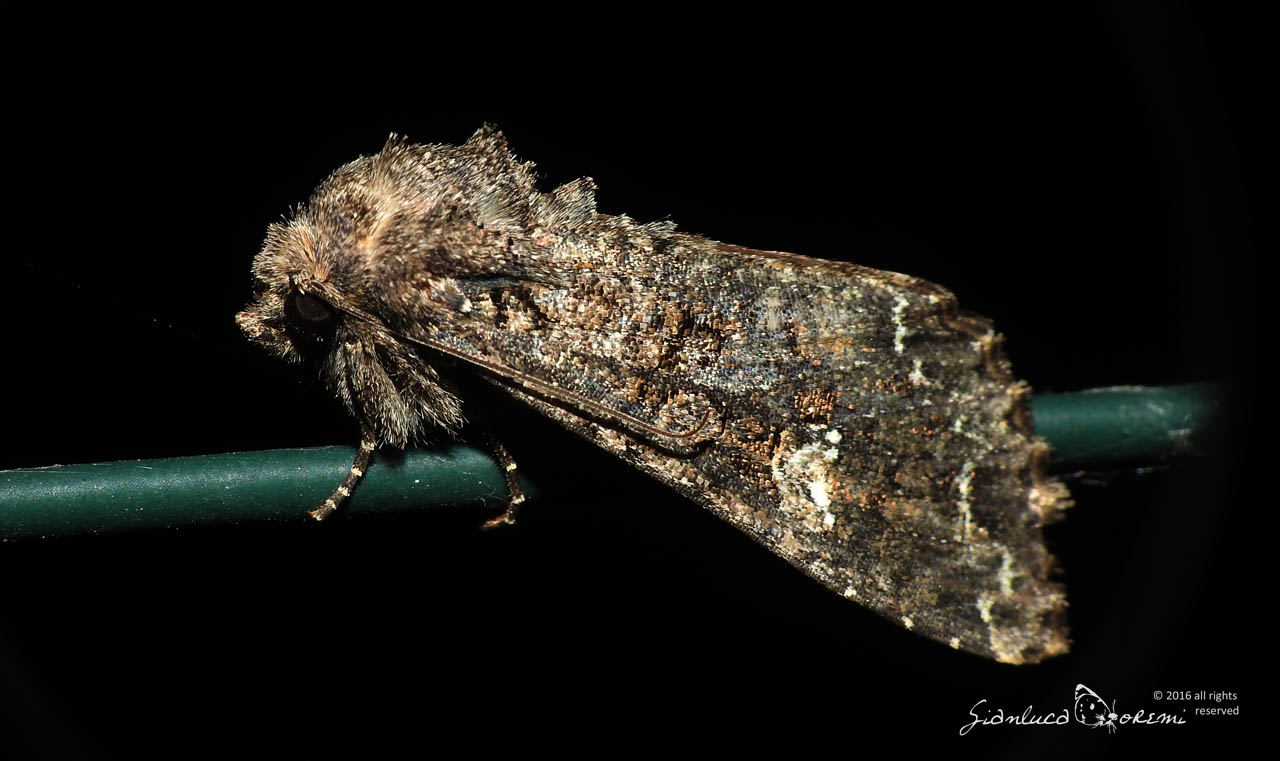
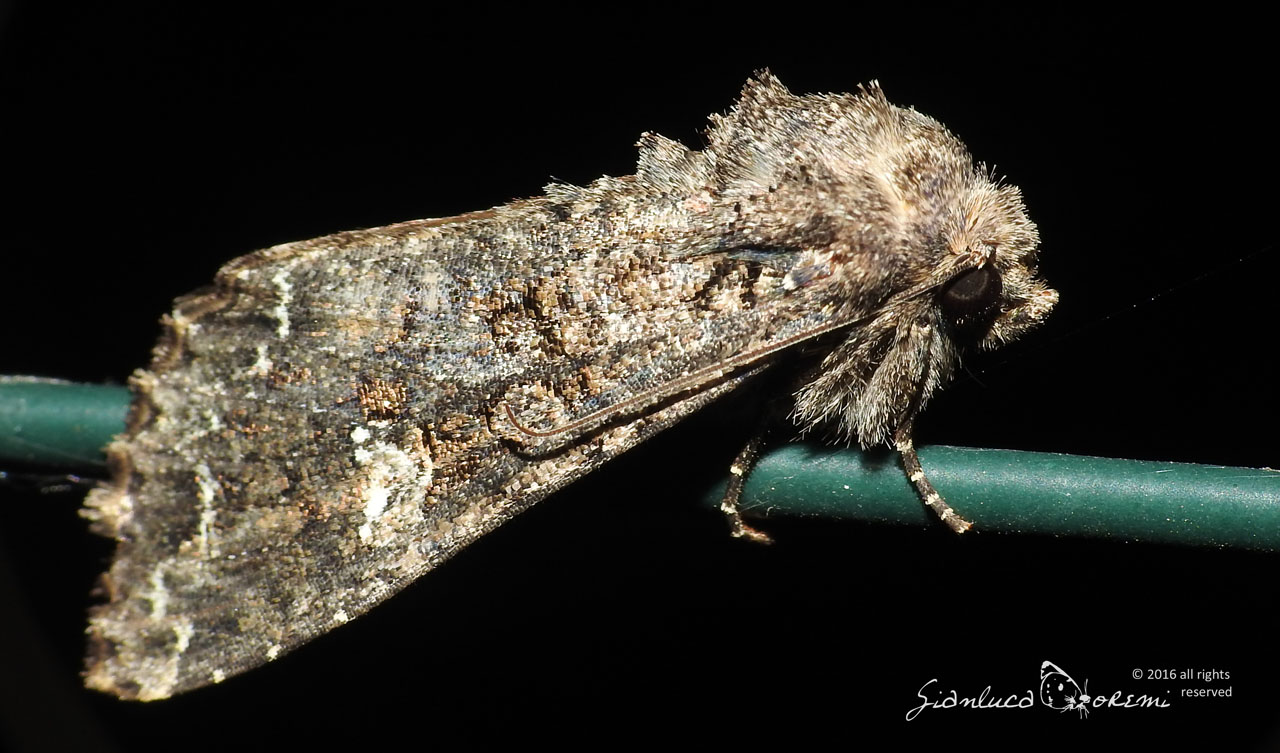
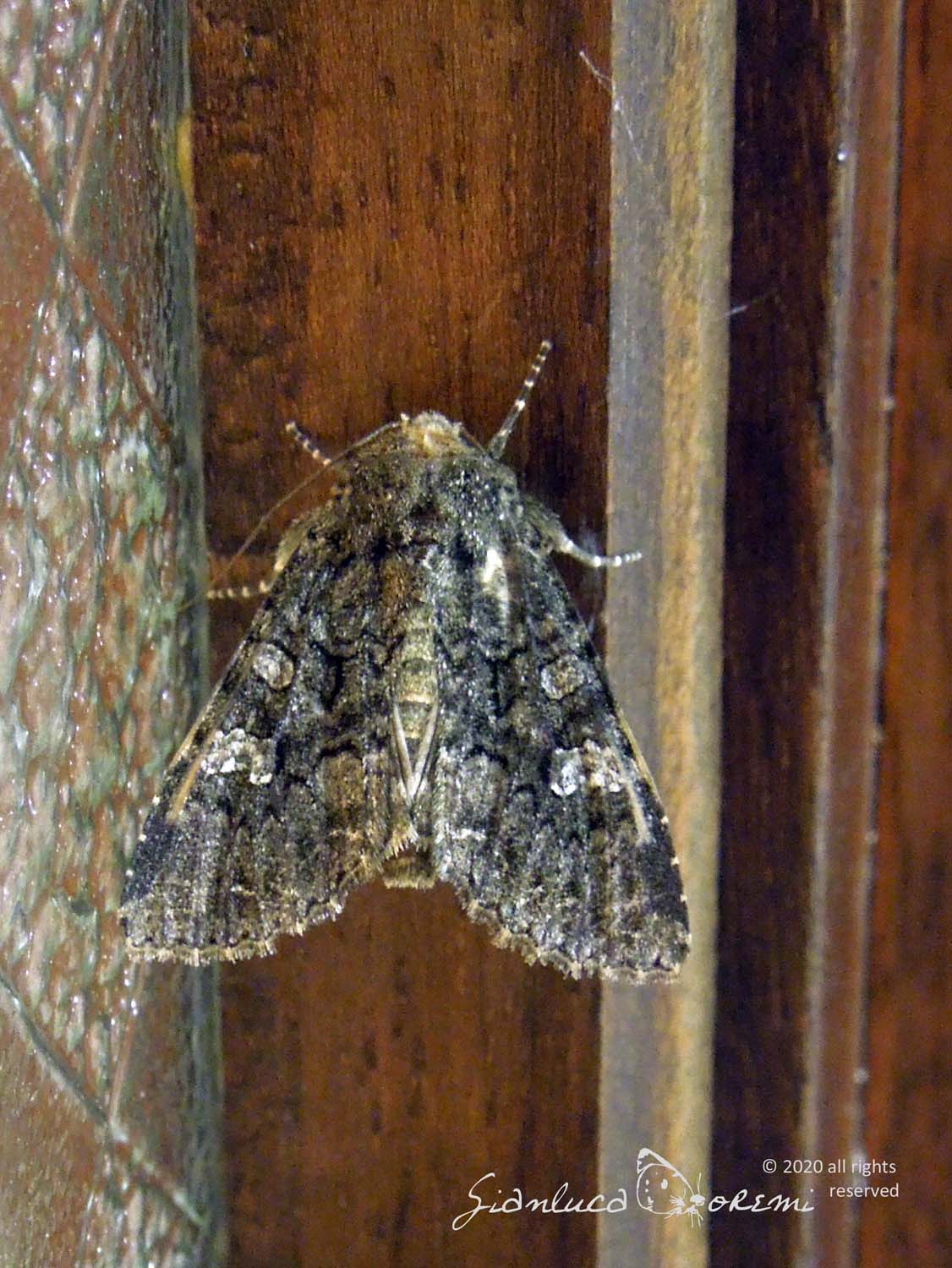

 EN
EN ITA
ITA
Social and publications